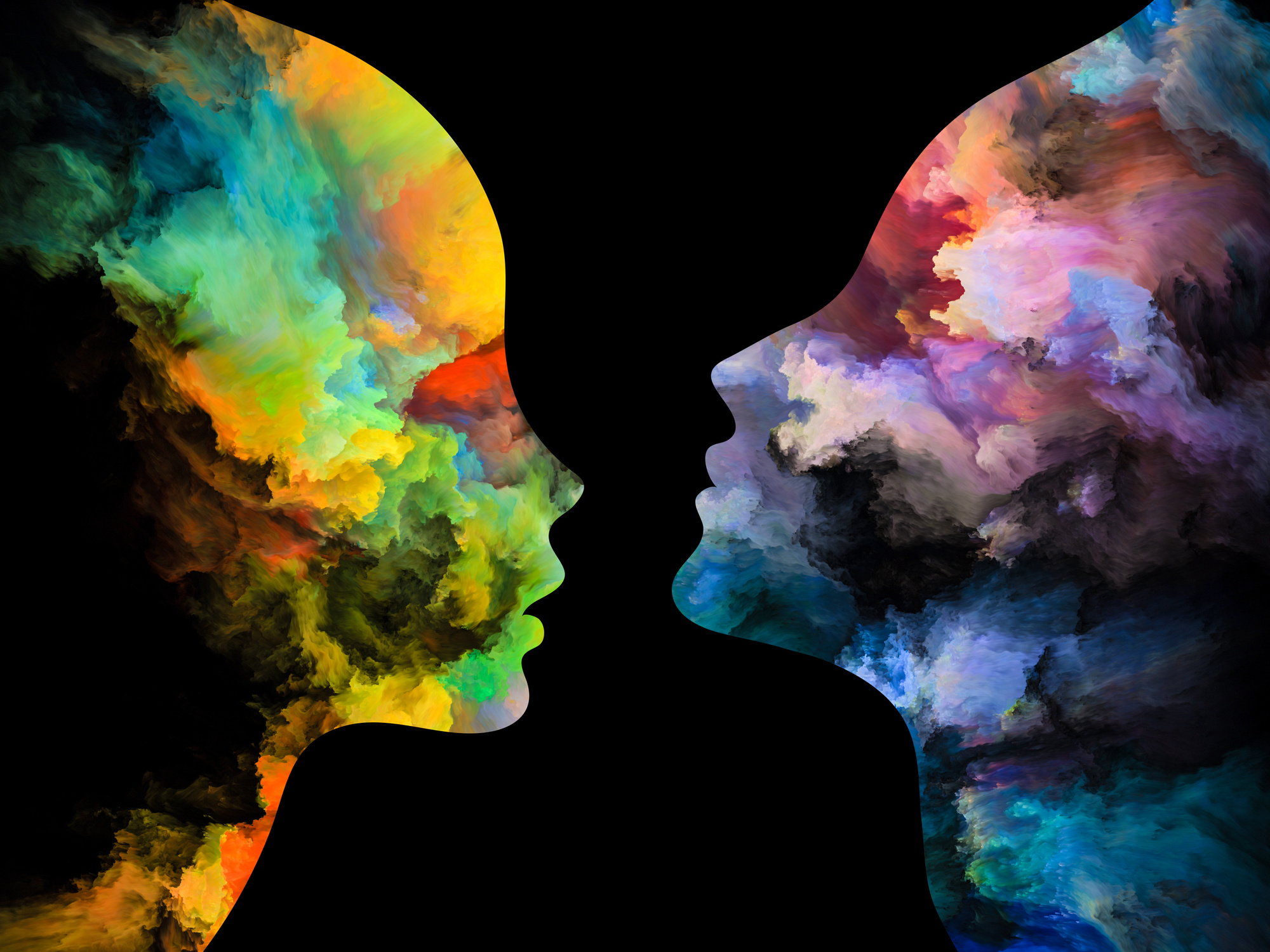While our ability to see color and tones was built through evolution, our reaction to colors is shaped by our upbringing and culture.
Complicating the connection between color and psychology is the fact that many companies have patented their color palette, influencing our reaction to them.
Because of these factors, every company needs to put their look through a color psychology test.
Certain colors have associations baked into them. The color green is connected to the earth and nature in a way that’s inextricable. Similarly, shades of blue can be indicative of water or sky.
It’s important that every company makes sure they’re projecting the right image into the subconscious of their customers. To be sure that you’re ticking off the right boxes at every level, be sure your company passes the color psychology test.
Read on to learn more.
How Rigid Are the Boundaries?
Colors won’t necessarily trigger a specific memory in the minds of your potential customers when they first see your logo. But combined with the service you hope to provide to customers, the colors you use could reinforce or negatively impact your message.
While purple and yellow might signify wealth and energy to some people, they might mean something else entirely to others. Personal preferences and cultural differences are going to account for much of how people interact your company’s colors.
Although you can’t predict how every customer will react, you should avoid some obvious missteps. A meditation center that is thinking about a black and bright red logo might want to consider something different. That combination is often used to communicate power and speed.
Looking at other companies that use colors you’re considering can be a great place to start. A color psychology test can help you understand the perception you’re giving customers right out of the gate.
How Do Colors Affect Branding?
Some colors are totally iconic and define the character of a brand. Coca-Cola’s red on a white logo is so popular that there’s an almost endless number of shirts inspired by their logo.
In the 1980s, John Deere tried to trademark its iconic green color that it uses on its equipment. They weren’t allowed to register it as a copywritten color, although as it had nothing to do with the functionality of their machinery.
Colors have a strong connection to branding, as most snap judgments about products can be decided based on color alone.
If consumers feel the color your brand uses “fits” the product you’re trying to market, they’ll more directly associate that color with your brand. If it seems like there’s some dissonance between the color and the product, this can affect customer trust in your company.
Colors will affect the personality of your brand. They can also affect the overall mood people have when they use or purchase your products. A more playful color scheme like that used by eBay, Windows, NBC, or Google shows a love of a certain kind of diversity.
These brands are saying to the viewer “something for everyone” or “make it your own.” In contrast, a company like the New York Times has a bold black and white banner. It reinforces their authority and commitment to straight facts.
When you’re trying to decide what colors to use for your company, think about what’s appropriate for your brand. The color psychology test can lead you to see that your color might contrast with the overall image of your brand.
Here are a few examples of colors used by brands.
Food Brands
Food brands lean heavily on strong, bold colors to get across their energy. You’ll see a lot of reds and yellows.
Coincidence? Not at all. Evolutionary biologists have shown us that the first colors early humans learned to see were red and yellow, possibly related to food.
Brands like Nabisco and Coca-Cola rely heavily on bold reds. Kellogg’s also has a strong red logo. These reds are often paired with white or yellow for a strong complement.
As you drive down the highway, you’ll see McDonald’s golden yellow arches time and time again. If this doesn’t make you at least think about food, what about Subway’s version with an accent of green? Denny’s is another logo that mixes yellow with red.
The natural extension of these two would be the number of orange logos. Start looking for them and you won’t be able to stop noticing. Cheetos, Fanta, and the restaurant chain Hooters all go for this playful combination of the classic red and yellow food business logos.
Technology
In technology, you’ll see a lot of different shades of blue. Blue signifies a calmness and dependability, perhaps because of its relationship to water. It’s also used by a number of security companies.
Blue can be found widely in the tech world. It’s used by Dell, Facebook, AT&T, IBM and countless others. It’s common to combine a few different shades for a more robust logo.
Other companies rely on just a single color. Try using a single color when analyzing your company’s logo through a color psychology test.
In the tech world, you might also see silver or gray. While a little cold and reminiscent of metal, it helps to remind users of neutrality and calmness. Apple and Wikipedia rely on shades of silver to give users a sense of balance.
Stay on top of trends to make sure your company is in step with the rest of the industry.
Health and Wellness
Health and wellness brands rely on lots of whitespace with specks of color. The colors they choose are usually green or blue.
When using green, health and wellness companies are trying to imply holistic and natural approaches to wellbeing. When they use blue, they’re often implying calmness or security.
You won’t find a lot of super bold reds or oranges in the fields of health and wellness. They would fail a color psychology test by inducing too much anxiety in viewers.
Make Sure You Pass a Color Psychology Test
Re-branding can be costly, time-consuming, and cost you customers through confusion.
Be sure you take your time the first time to make sure your colors are saying all the right things.
If you’re still trying to decide whether or not you pass the color psychology test, contact us for a review of your options.





